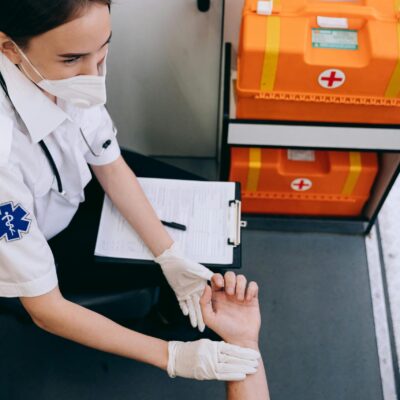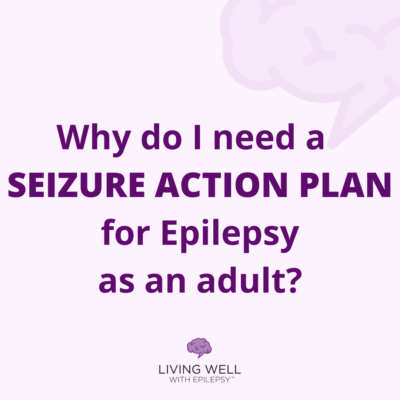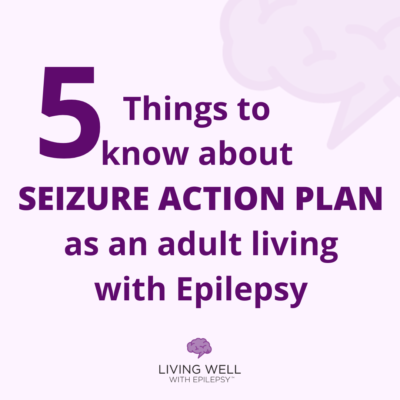
1. Who can administer epilepsy rescue medication?
Rescue medication is designed for prompt administration by anyone—school nurse, teacher, coach, or others. Some medications are more user-friendly than others.
2. Is a rescue medication a replacement for antiseizure medications?
No. People with epilepsy still need to take their regular antiseizure medication. Rescue medication is intended to support people with epilepsy who experience seizure clusters or extended seizures.
3. Can people with epilepsy carry rescue medication with them?
This depends on the campus and the medication. Some rescue medications have packaging that is small, portable, discreet, and intended to be carried.
4. How soon after a seizure starts can a rescue medication be administered?
Most rescue medications may be administered at any point during a seizure, including as soon as onset occurs.
5. Do I need to call EMS after administering rescue medication?
It is not necessary to call EMS after administration of rescue medication unless another seizure begins.









Leave a Reply